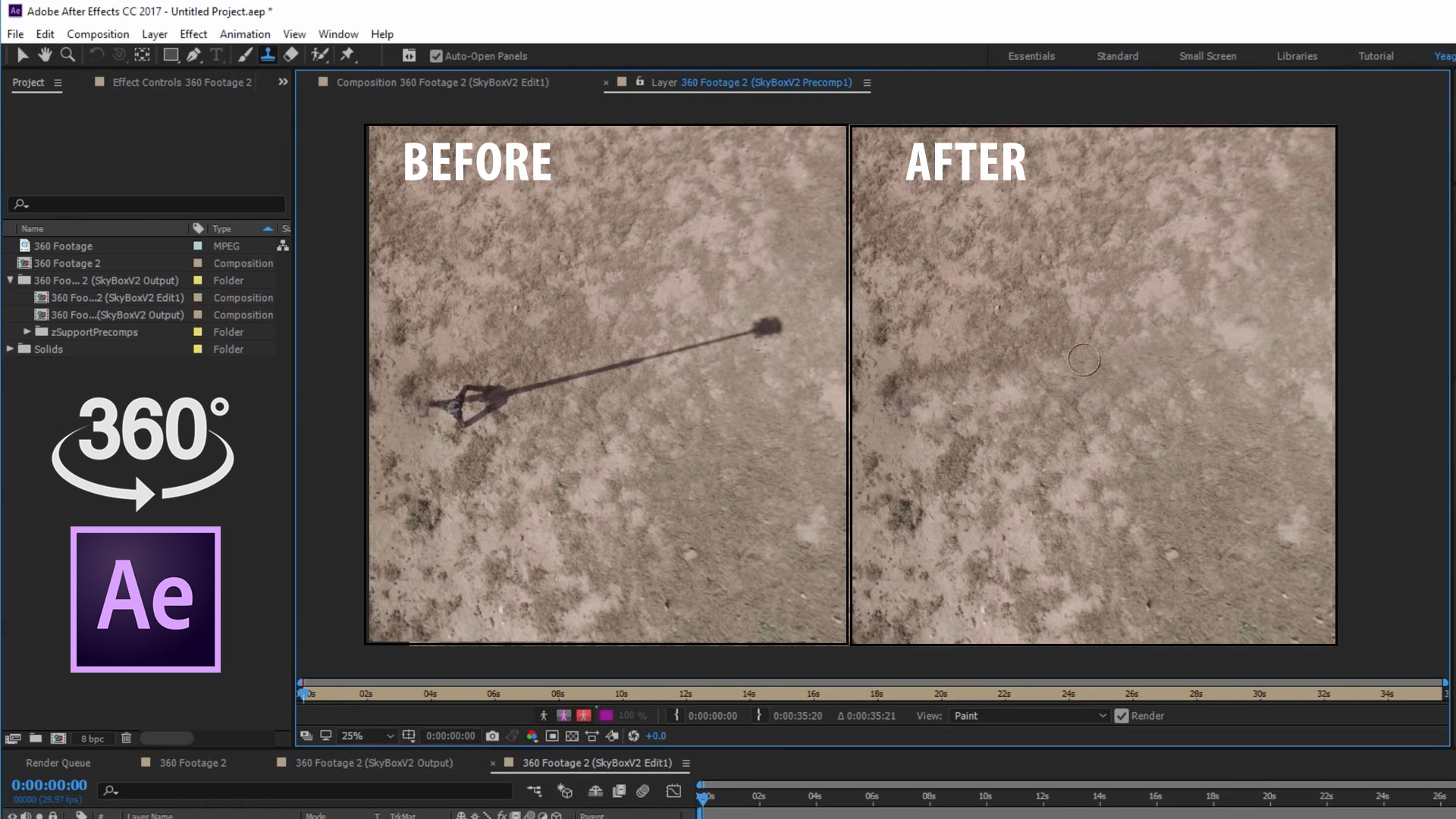
Are there situations where you would want to use the multiply or the screen blend motor, even the overlay blend mode? Yes, of course, but we're just getting started, so we'll keep it kind of simple in this case and generally speaking with the clone stamp tool, all I'm doing is copying pixels from one area of the image to another, and so normal works great opacity.

I'm just copying pixels from one area of the image to another area.
#Clone stamp tool after effects mod
The brushes panel, where we can adjust additional details about the clone stamp brush as well as the clone source panel, will take a look at that shortly, the mod normal. But I'll start off with 50% and that generally works pretty well. If I start to see ghosting, I know that I need a brush with a harder setting, a higher setting for the hardness value if I'm seeing too much of that crisp edge than I need a softer setting or a lower value for the hardness. So what do we dio besides panic? Well, I usually start with a 50% hardness, setting a nice balance between those two, but I maintain an awareness of this issue. And if it's too soft, will start to get some odd ghosting in the image, especially when there's fine texture will start to see ghosting of that texture, and it basically looks a little bit blurry, sort of out of focus.

Or is it a 0% hardness? Very fuzzy where my pixels that I'm cleaning up with our blending into the surrounding area? Well, neither of those is a very good thing, actually, because if we have a hard edge to the brush, the transition between the cleanup pixels and the rest of the image is going to be obvious. But then, do I want a hard brush or a soft brush, a brush with a crisp edge or a brush with a fuzzy edge? Which means, essentially, what is my hardness setting? Is it completely hard? 100% hardness? So I have no transition between my brush stroke and the rest of the image. But generally speaking, for example, if I click the brush pop up, I would just choose a simple round brush. And once we've established settings that work for this tool, they're probably gonna work most of the time, at least based on the typical scenarios, we'll see some exceptions to that. There are a lot of options here, but fortunately we don't have to worry too much about most of them. But when I'm back on the clone stamp tool, I have the options that relate to the clone stamp Boy. If I switch to the move toe, I get completely different options. So the options bar is context sensitive, meaning the options, the settings that we see their relate to the currently active tool. So up across the top, down below the menu bar inside of photo shop, we have the options bar where we can look at a variety of settings related to the current tool. Then the third area that I need to take a look at is the options bar. If I'm not sure about that, I can click on the thumbnail for that clean up later, just to make sure. And now I've both created a cleanup layer, and it's also the active layer, meaning this is the layer that I'm actually painting on. I'll click me, create new layer button and then double click on the layer name called This Cleanup and press Enter or Return. We wanna work non destructively, so we'll make a brand new layer. So I've established that as the tool I want to use right now, The second area that I need to take a look at is the layers panel, and what's the most important thing there? We already know the answer. That's the keyboard shortcut for the clone stamp tool. I can also press the letter s as in stamp on the keyboard. Īnd I can choose the clone stamp tool from the toolbox.

There, three areas of the interface that you need to take a look at one of those is the toolbox. So first, let me go grab the clone stamp tool from the toolbox, and there are three basic areas when you're working with a tool inside a photo shop. So in this case, once again, the clone stamp tool.
#Clone stamp tool after effects how to
We just need something to focus our attention on so we can learn how to use these tools. I just want to get rid of things that I find to be distracting. I'm not worried about that because that's part of the overall structure. That I'm concerned might distract you the existing rivets or whatever these fasteners are. Essentially, I'm looking for the things that should not be there. For example, some of these kind of odd, bright areas looks like we've got some dense or maybe some rivets that are a little bit distracting.

So for this image, I might want to get rid of.


 0 kommentar(er)
0 kommentar(er)
